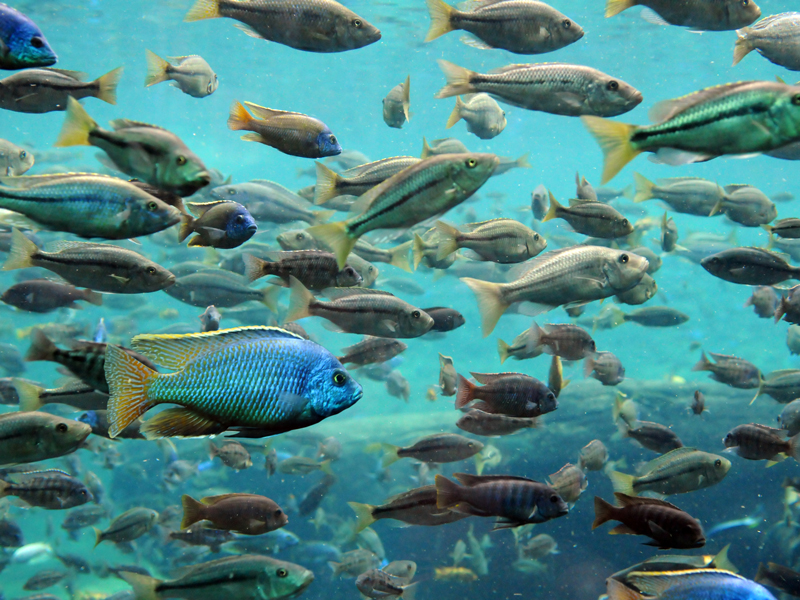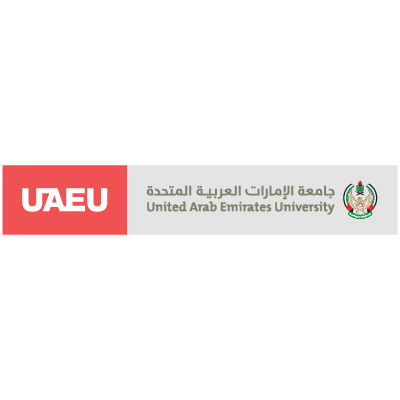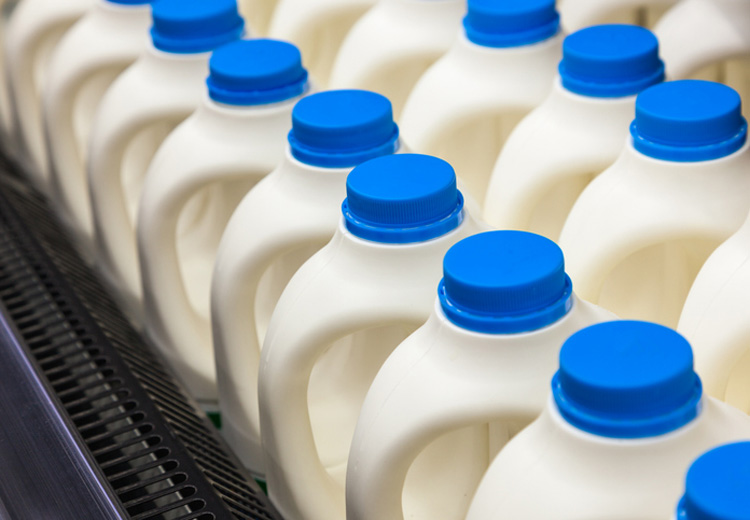How aquaponics presents new possibilities for water-efficient agriculture
Extreme climate conditions and saline soil make farming a challenge in arid regions, but researchers at the United Arab Emirates University have developed an aquaponic system that is self-sustaining, organic and boosts yield – all with the help of a fish

Sponsored by

You may also like
Tilapia are a hardy yet humble fish at the centre of a success story in sustainable agriculture. The fish assume a starring role in an aquaponic system that boosts crop yields of basil and coriander and uses over 90 per cent less water than conventional farming methods.
Like all good systems, this aquaponic model, developed by researchers at the United Arab Emirates University (UAEU), is simple. It comprises a fish tank populated by tilapia, the water of which is fed through three or four tanks where the fishes’ waste is mechanically filtered, then fed into a microbial chamber where bacteria turn the ammonia from fish waste into nitrites and then into nitrates that feed the plants in a soilless system. The plants absorb the nitrates, purifying the water, which is fed back into the fish tank, and the cycle begins again.
Abdul Jaleel, associate professor in the Department of Integrative Agriculture at UAEU, leads the research team behind the system. A plant physiologist with a deep interest in aquaculture, Jaleel says systems such as this could be invaluable for arid regions where water is at a premium and the extreme climate, allied to the salinity of the soil, makes traditional farming challenging.
“We don’t have the luxury to expend that much water in the UAE for agriculture,” he says. “The climatic conditions are not at all favourable for outside agriculture. That was the major motivation to start this kind of work.”
To begin, Jaleel’s team wanted to see if this aquaponic approach was feasible as the initial setup costs for such systems are high. Jaleel says they have their answer. “We now have a clear picture about water use, the quality of the products and the time taken,” he says.
The team discovered that the aquaponic-grown herbs were more nutritious than soil-grown alternatives. The plants have all the nutrients they need, and yet they create more antioxidants and minerals in response to the stress of their flooded root systems. “In one way the plants are happy, and in another way the plants are struggling for survival,” says Jaleel.
Joining Jaleel on the project are PhD students Drishya Nishanth and Chythra Somanathan Nair, and post-doctoral fellow Radhakrishnan Subramanian. A team of undergraduate students – Mariam Alshamsi, Alreem Alkaabi, Aysha Alkaabi and Shamma Alnuaimi – were also part of the work. Subramanian explains how water management is crucial to the aquaponic model’s success. “If the nitrate content is very high and the plant cannot absorb it, then we have to do a water change,” he says. Nishanth and Nair, along with the undergraduate students, ensured the water quality was consistently high by regularly monitoring and testing it to support both plant and fish growth.
The level of training and expertise needed to manage the system is considerable as each component is vital to its efficacy. But farmers can see the benefits. Another advantage of the aquaponic system is that it is naturally organic – no pesticides or fungicides are needed. This makes the produce inherently marketable in a world where consumers will pay a premium for organic produce.
Cucumbers, strawberries and lettuce could all thrive in such systems, and Jaleel’s team is exploring what else they might grow, with more saline-tolerant crops next on the agenda. The tilapia will be happy to help.
Find out more about the United Arab Emirates University.

